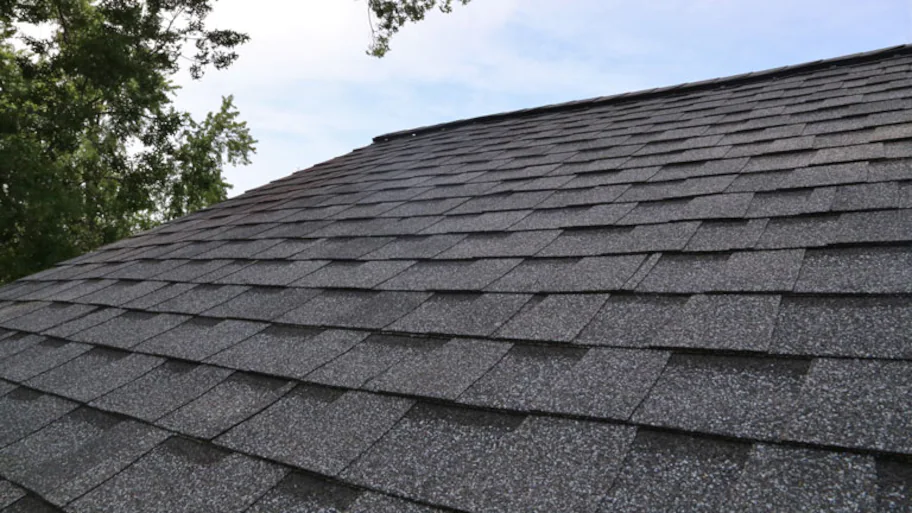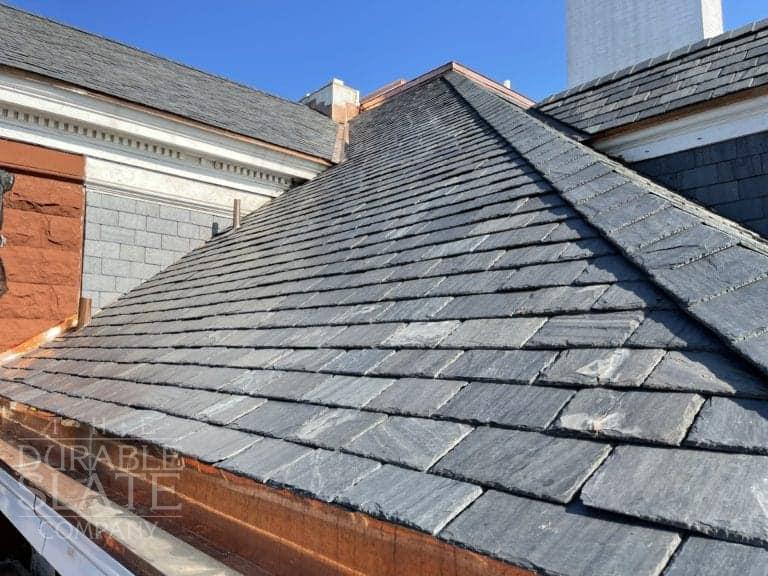Best Practices for Ensuring Proper Roofing Ventilation
A well balanced intake and exhaust air vent ratio, frequently 1:300, plays an essential duty, with intake vents preferably put at the lower edge of the roofing system for cool air entrance and exhaust vents at the optimal for warm air leave. Maintaining insulation away from vents is critical to prevent air flow restriction.
Understand Ventilation Fundamentals
Correctly comprehending air flow fundamentals is important for making certain the long life and efficiency of roof. Reliable air flow reduces moisture build-up and temperature extremes in the attic room, both of which can result in considerable structural damages with time. A well-ventilated roofing system aids in preventing usual problems such as mold growth, wood rot, and ice dams, which can jeopardize the stability of the roof covering products and the underlying frameworks.
The key objective of ventilation is to promote the movement of air, permitting a regular exchange between the outdoor and interior environments. This equilibrium is attained through a mix of intake and exhaust vents that collaborate to maintain ideal airflow. Intake vents, usually located along the eaves or soffits, permit fresh air to enter the attic room space, while exhaust vents, typically positioned at or near the roofing ridge, make it possible for hot, moist air to get away.
Trick aspects influencing the efficiency of roof covering ventilation consist of correct placement, adequate sizing, and guaranteeing that both intake and exhaust vents are unobstructed. Routine evaluation and maintenance are important to recognize prospective blockages, damages, or inefficiencies in the air flow system, thereby protecting the roof's efficiency and durability.
Kinds of Roof Covering Vents
Roof vents play an important role in maintaining efficient attic room ventilation and, by expansion, the total health of the roof system. Different kinds of roof covering vents are readily available, each with unique advantages tailored to details roof requirements.

Soffit vents are installed under the eaves and job in tandem with roofing system vents to ensure a well balanced intake and exhaust system. By allowing cooler air to go into from below, soffit vents facilitate the expulsion of warm air via upper vents. Gable vents, situated on the outside wall surfaces of the attic room, deal an additional effective remedy, especially in homes with gable roofings.
Analyze Your Existing Air Flow

Next, think about the age and condition of your roof materials and ventilation elements. Older systems may not abide with existing building ordinance or might have deteriorated gradually, reducing their performance. Conduct a complete assessment to determine any kind of indications of wear and tear, such as corrosion, damages, or voids that can endanger the system's performance.
Furthermore, measure the attic temperature level and moisture levels. Heats and humidity can show inadequate ventilation - gainesville fl roofing companies. Make use of a hygrometer and thermostat to acquire exact readings, comparing them with outdoor conditions. Relentless discrepancies suggest possible problems that need addressing.
Installment Best Practices
Effective installation of roofing air flow systems is critical for making sure optimum efficiency and durability. Correct setup starts with comprehending the specific air flow demands of the roofing and the structure it covers. This involves determining the correct proportion of consumption to exhaust vents, normally sticking to the 1:300 rule, which stipulates one why not try these out square foot of ventilation for every 300 square feet of attic room floor room.

Consumption vents must be mounted at the roof's lower side, typically in the soffits, to permit awesome air to enter. Exhaust vents, on the various other hand, need to be installed near or at the roofing's height to facilitate the exit of warm, damp air.
Seal all vent connections meticulously to stop air leakages and potential water seepage. Usage top notch materials and adhere to supplier standards to ensure longevity and efficiency. In addition, incorporating ridge vents with baffles can considerably improve airflow performance by preventing wind-driven rainfall and snow from going into the attic.
Eventually, precise installation of roof air flow systems minimizes potential problems such as mold growth, ice dams, and structural damage, guaranteeing the roof's stability and the building's overall health.
Regular Maintenance Tips
Uniformity in maintenance techniques is basic to making sure the long-lasting efficiency of roof air flow systems. During these evaluations, make sure that vents are free of particles, nests, and other blockages that might hinder air movement.
Cleaning the vents is another necessary task. Utilize a soft brush or a vacuum to get rid of dirt and particles from consumption and exhaust vents. Beware not to damage the air vent displays or louvers throughout the process. Additionally, examine the attic room room for any kind of indicators of water damage, which can compromise the stability of the roof.
Correct insulation is similarly vital. Make sure that attic room insulation does not block the vents, as this can significantly restrict air movement. If any kind of insulation has shifted or cleared up, reposition or change it to keep a reliable obstacle.
Lastly, change any type of harmed or missing out on elements quickly. Broken vents, cracked tiles, or worn-out blinking can all add to insufficient ventilation and should be dealt with without delay. Normal maintenance makes sure that the roof ventilation system operates ideally, thereby extending the lifespan of the roof covering itself.
Verdict
Making sure proper roofing ventilation is critical for preserving the effectiveness and durability of a roof system. Adherence to the 1:300 consumption and read the full info here exhaust vent proportion, coupled with the tactical placement of vents, is essential.
A well balanced consumption and exhaust air vent proportion, generally 1:300, plays an essential duty, with intake vents ideally positioned at the lower edge of the roof covering for awesome air access and exhaust vents at the height for warm air departure. Intake vents, normally located along the soffits or eaves, enable fresh air to enter the attic room space, while exhaust vents, usually positioned at or near the roof ridge, make it possible for warm, humid air to get away.
Soffit vents are mounted under the eaves and work in tandem with roof vents to ensure a well balanced intake and exhaust system. By enabling cooler air to go into from below, over here soffit vents facilitate the expulsion of hot air via upper vents. Adherence to the 1:300 intake and exhaust vent proportion, paired with the strategic positioning of vents, is vital.
 Tony Danza Then & Now!
Tony Danza Then & Now! Alana "Honey Boo Boo" Thompson Then & Now!
Alana "Honey Boo Boo" Thompson Then & Now! Ariana Richards Then & Now!
Ariana Richards Then & Now! Freddie Prinze Jr. Then & Now!
Freddie Prinze Jr. Then & Now! Terry Farrell Then & Now!
Terry Farrell Then & Now!